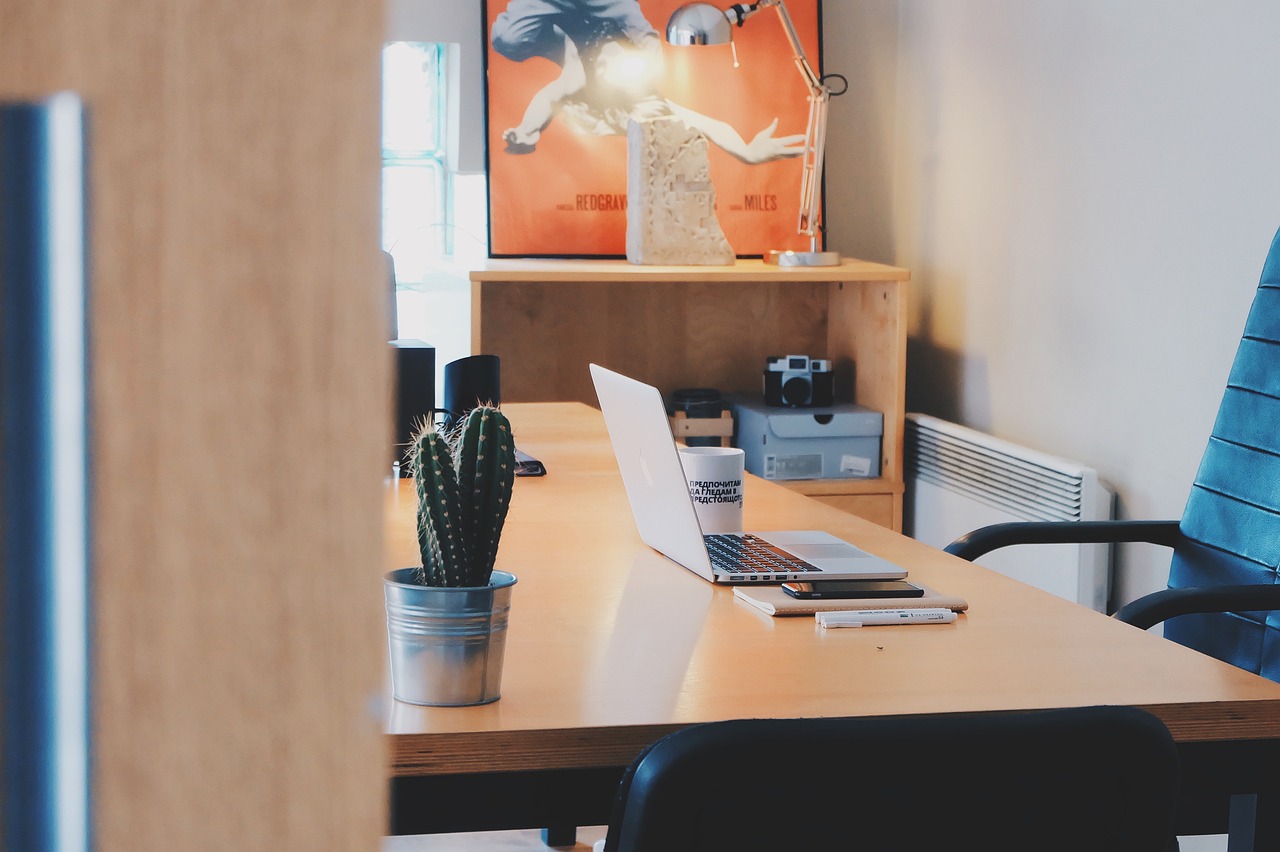Tips for Setting Up a Productive Home Office

Introduction
With the rise of remote and hybrid work arrangements, creating a productive home office has become essential. The COVID-19 pandemic has accelerated the shift towards working from home, and companies are embracing this flexible work style for the long term. Whether you’re a freelancer, entrepreneur, or an employee working remotely, designing a home office that promotes productivity, comfort, and work-life balance is crucial. In this article, we will explore expert tips and strategies to help you set up a home office that maximizes your performance and enhances your overall well-being.
1. Find the Perfect Location
Choosing the right location for your home office is the first step towards creating a productive workspace. Ideally, you should dedicate a separate room for your office. However, if space is limited, get creative and explore unused corners or underutilized areas in your home. Consider factors such as privacy, noise level, and accessibility when selecting the location. By finding a secluded spot, you can create a defined workspace that allows you to separate work from home and minimize distractions.
Start your Home Business With Fiverr
2. Invest in Quality Furniture
Investing in high-quality furniture is essential for long-term comfort and productivity. While it may be tempting to opt for budget-friendly options, remember that your home office setup is an investment in yourself. Choose a desk and chair that provide proper ergonomics and support for your body. Look for adjustable features, such as height-adjustable desks and chairs with lumbar support. Prioritize comfort and functionality to avoid discomfort, back pain, and other health issues that can hinder your productivity.
3. Create a Functional Layout
The layout of your home office plays a crucial role in your workflow and productivity. Consider how you use the space and organize it accordingly. Determine the placement of your desk, storage solutions, and other essential items based on your needs and preferences. Keep frequently used items within reach to minimize interruptions and maximize efficiency. A well-designed layout will enable you to navigate your workspace seamlessly and stay focused on your tasks.
4. Prioritize Ergonomics
Ergonomics is vital for maintaining good posture, preventing injuries, and enhancing productivity. Set up your workspace in a way that promotes proper alignment of your body. Your chair should be adjustable, allowing you to sit with your feet flat on the floor and your knees at a 90-degree angle. Position your monitor at eye level, about an arm’s length away, to avoid straining your neck and eyes. Invest in ergonomic accessories, such as keyboard trays and wrist supports, to further enhance your comfort and reduce the risk of repetitive strain injuries.
5. Optimize Lighting
Proper lighting is essential for reducing eye strain and maintaining focus in your home office. Maximize natural light by positioning your desk near a window or using sheer curtains to diffuse sunlight. If natural light is limited, invest in task lighting that illuminates your workspace adequately. Avoid harsh overhead lighting that creates glare on your screen. Opt for indirect or diffused lighting options, such as desk lamps with adjustable brightness, to create a comfortable and well-lit environment.

6. Manage Clutter and Organize Efficiently
Clutter can be a major distraction and hinder your productivity. Keep your home office organized and clutter-free by implementing efficient storage solutions. Use filing cabinets, shelves, and bins to categorize and store paperwork, office supplies, and other essentials. Optimize your digital organization by creating folders and using cloud storage for easy access to files. A clean and organized workspace allows for better focus, reduces stress, and enhances your overall efficiency.
7. Minimize Distractions
Working from home can introduce numerous distractions that can disrupt your focus and productivity. Establish boundaries with family members or housemates and communicate your work schedule clearly. Use noise-canceling headphones or play soft background music to drown out distractions. Consider implementing productivity techniques such as the Pomodoro Technique, which involves working in focused bursts with short breaks in between. By minimizing distractions, you can create a conducive environment for deep work and maintain your productivity throughout the day.
8. Personalize Your Space
Adding personal touches to your home office can enhance your mood and motivation. Decorate your workspace with items that inspire you, such as plants, artwork, or motivational quotes. Display family photos or mementos that bring you joy and create a sense of connection. Personalizing your space can make it feel more inviting and increase your overall satisfaction with your home office environment.
9. Establish Boundaries and Maintain Work-Life Balance
One of the challenges of working from home is maintaining a healthy work-life balance. Set clear boundaries between work and personal life to prevent burnout and ensure adequate rest and relaxation. Establish a daily routine that includes defined work hours and breaks. Resist the temptation to overwork and set realistic expectations for yourself. Find ways to separate your workspace from your living space, such as closing the door to your home office at the end of the workday. By establishing boundaries, you can maintain a healthy balance and avoid the pitfalls of constant availability.
10. Take Care of Your Well-being
Prioritizing your well-being is crucial for sustained productivity and job satisfaction. Take breaks throughout the day to stretch, move, and recharge. Practice self-care activities such as meditation, exercise, or hobbies to reduce stress and boost your mental health. Stay connected with colleagues and maintain social interactions through virtual meetings or chats. Remember to disconnect from work at the end of the day and engage in activities that bring you joy and relaxation. By prioritizing your well-being, you can optimize your overall performance and create a sustainable work-from-home routine.
Conclusion
Designing a productive home office is a personalized process that requires careful consideration of your needs and preferences. By implementing these tips, you can create a workspace that promotes focus, comfort, and well-being. Invest in quality furniture, prioritize ergonomics, and optimize lighting to enhance your work environment. Establish boundaries, manage distractions, and personalize your space to maintain work-life balance and boost motivation. Remember to prioritize your well-being and take care of yourself while working from home. With a well-designed home office, you can maximize your productivity and thrive in your remote or hybrid work arrangement.
Click Here For Motivation Hacks use by Celebrities



